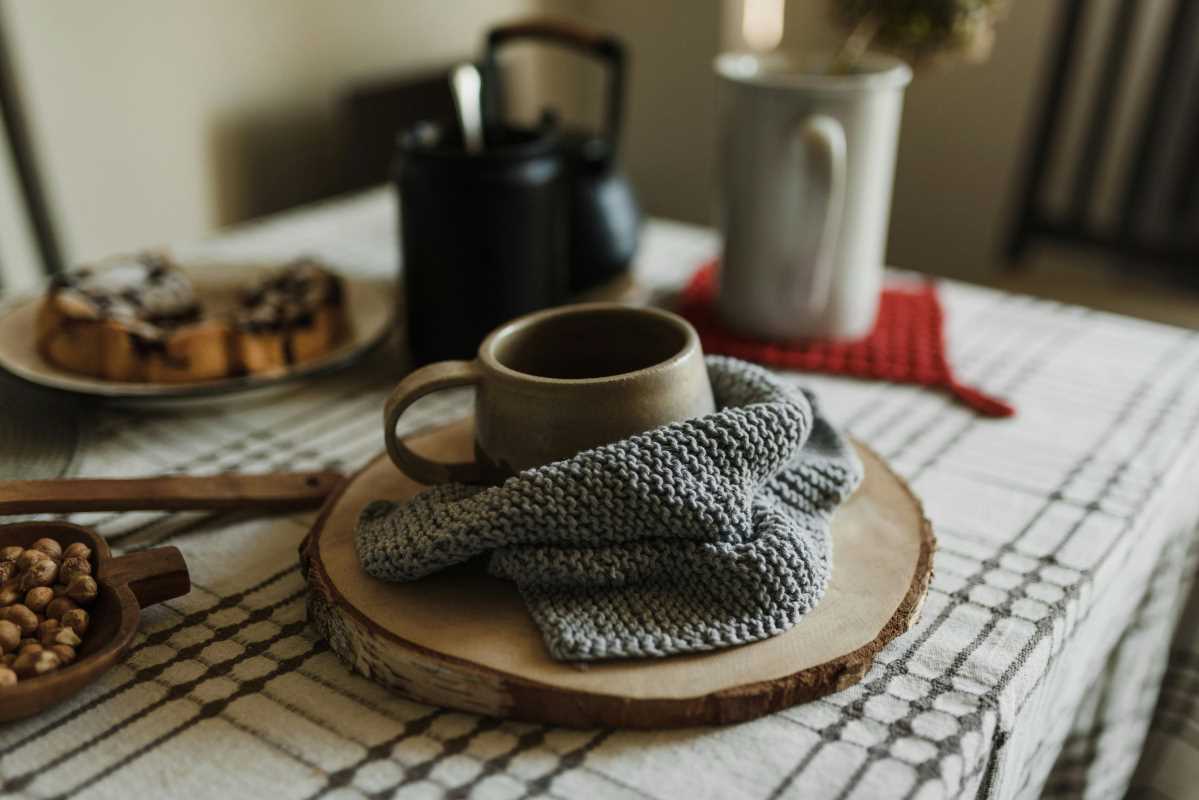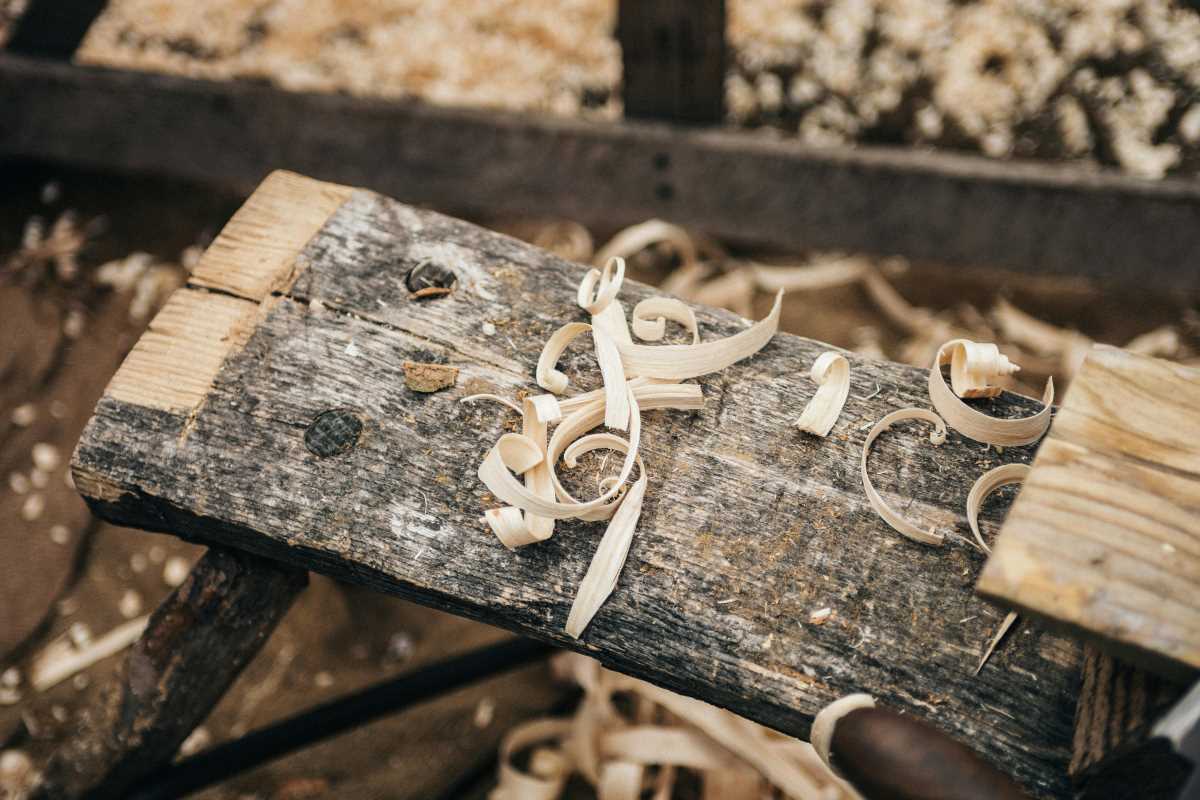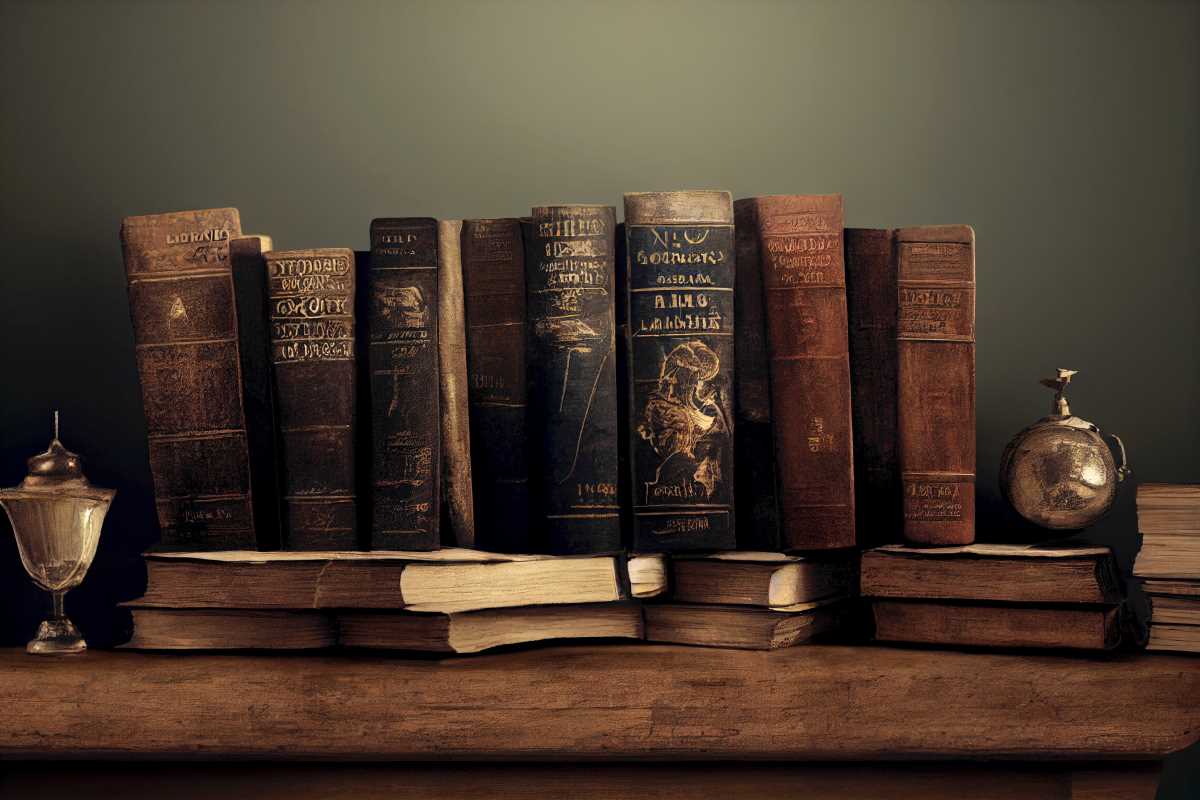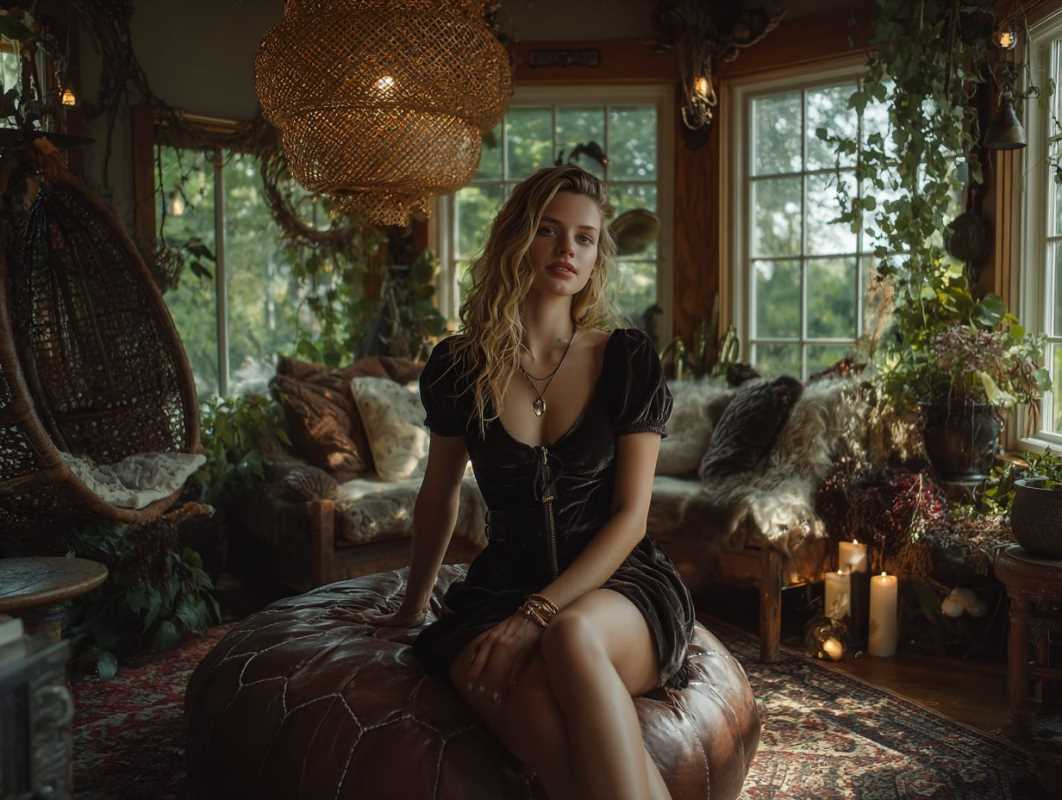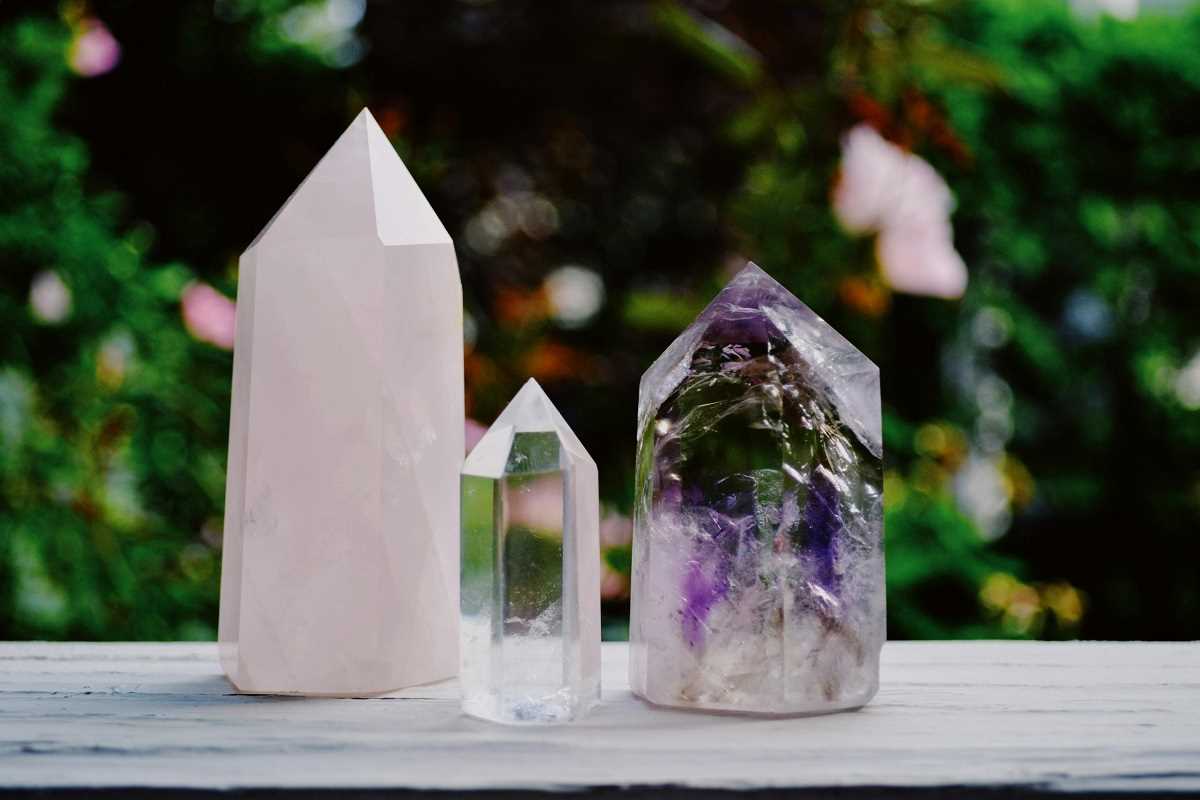A well-designed home library serves as a haven for creativity, relaxation, and inspiration. Whether you picture it as a cozy corner with vintage charm or a sleek, modern retreat, a home library reflects your personality and style while offering a functional and inviting space.
Setting up a stylish and practical home library doesn’t have to be overwhelming. With thoughtful planning and a few design tips, you can create a space that feels personal and purposeful. From selecting the right shelving to adding decor that speaks to you, this guide will help you bring your vision to life.
1. Select the Right Shelving
Shelving is the foundation of any home library. The type of shelves you choose will determine how your books are displayed and contribute to the overall aesthetic of the room.
Built-In Shelving
Built-ins offer a custom, polished look that maximizes your space. They can be tailored to fit an entire wall or a small nook, making them ideal for creating a seamless, timeless design.
Freestanding Bookcases
Freestanding bookcases are versatile and come in a variety of styles. Tall, narrow cases work well in compact spaces, while wide, low shelves are perfect for larger rooms.
Floating Shelves
For a modern or minimalist vibe, floating shelves are a sleek option. Arrange them in rows for a clean look or stagger them for a more dynamic design.
Styling Tip: Mix books with decorative items like plants, framed photos, or small sculptures to keep the shelves visually interesting and balanced.
2. Organize Your Books
How you organize your books can influence both the functionality and the visual appeal of your library.
Alphabetize or Categorize
For a practical approach, organize books alphabetically by author or title, or group them by genre, subject, or theme.
Color Coordination
If aesthetics are your priority, arrange books by color to create a striking, rainbow-like display. While this method prioritizes style over function, it can make your library feel vibrant and playful.
Spine Orientation
For a softer, cohesive look, consider facing the spines inward or stacking books horizontally. This works well for decorative shelves but may not be ideal for quick access.
Highlight Special Pieces
Showcase rare or meaningful books by placing them on eye-level shelves or using stands to draw attention to them.
3. Add Comfortable Seating
A home library isn’t complete without a cozy spot to sit and enjoy your collection. Comfortable seating is essential for creating a space where you can relax and immerse yourself in a good book.
Armchairs or Lounge Chairs
A deep, upholstered armchair is perfect for solo reading sessions. Wingback chairs or recliners can serve as both a functional and stylish centerpiece.
Built-In Reading Nooks
Transform a window seat or alcove into a reading nook with built-in seating. Add cushions, throw pillows, and a blanket for extra comfort.
Small Sofas or Daybeds
For larger libraries or shared spaces, a small sofa or daybed provides room to stretch out or share the space with others.
Don’t Forget: Pair your seating with an ottoman or footstool for added comfort and a cohesive look.
4. Focus on Lighting
Lighting plays a crucial role in setting the mood and ensuring your library is functional for reading. A layered lighting approach works best.
Natural Light
Position your library near windows to take advantage of natural light. Sheer curtains or blinds can diffuse sunlight, creating a soft and inviting atmosphere.
Task Lighting
For evening reading, invest in task lighting like adjustable desk lamps or floor lamps with directed beams.
Ambient Lighting
Overhead fixtures, such as chandeliers or pendant lights, provide general illumination and can double as decorative focal points.
Accent Lighting
Use LED strip lights or spotlights to highlight your shelves and showcase your book collection. This works especially well with darker shelving units.
5. Personalize with Decor
Decorative elements can transform your library into a space that feels uniquely yours.
Rugs
A well-chosen rug anchors the room and adds warmth. Persian or Oriental rugs suit vintage libraries, while bold geometric patterns complement modern designs.
Wall Art
Fill blank walls with art that inspires you, such as literary quotes, abstract paintings, or travel photography.
Plants
Incorporate greenery to bring life and freshness to the space. Low-maintenance options like snake plants or succulents work well on shelves or in corners.
Mirrors
Mirrors can make a smaller library feel larger and brighter. Position them to reflect light and create an open, airy vibe.
Personal Touches
Add framed photos, heirlooms, or handmade items to make the space feel personal and meaningful.
6. Match Your Style
Your home library should reflect your personal taste and complement the overall design of your home. Here are some ideas for different styles:
Modern Library
- Key Elements: Minimalist shelving, monochromatic color schemes, sleek furniture.
- Materials: Glass, metal, and polished wood.
- Styling Tip: Keep decor simple and understated for a clean, contemporary look.
Vintage Library
- Key Elements: Ornate bookshelves, leather armchairs, antique globes.
- Materials: Dark woods, brass, and rich textiles.
- Styling Tip: Use warm lighting and layered textures to evoke a classic, timeless feel.
Eclectic Library
- Key Elements: Mismatched furniture, bold rugs, quirky shelving.
- Materials: Mixed woods, colorful upholstery, and unique patterns.
- Styling Tip: Embrace variety and let your personality shine through a mix of decor styles.
A home library serves as a sanctuary for creativity, relaxation, and discovery. By carefully selecting shelving, lighting, furniture, and decor, you can create a space that’s both functional and stylish. Whether your style leans modern, vintage, or eclectic, your library can become a reflection of your personality and a source of inspiration.
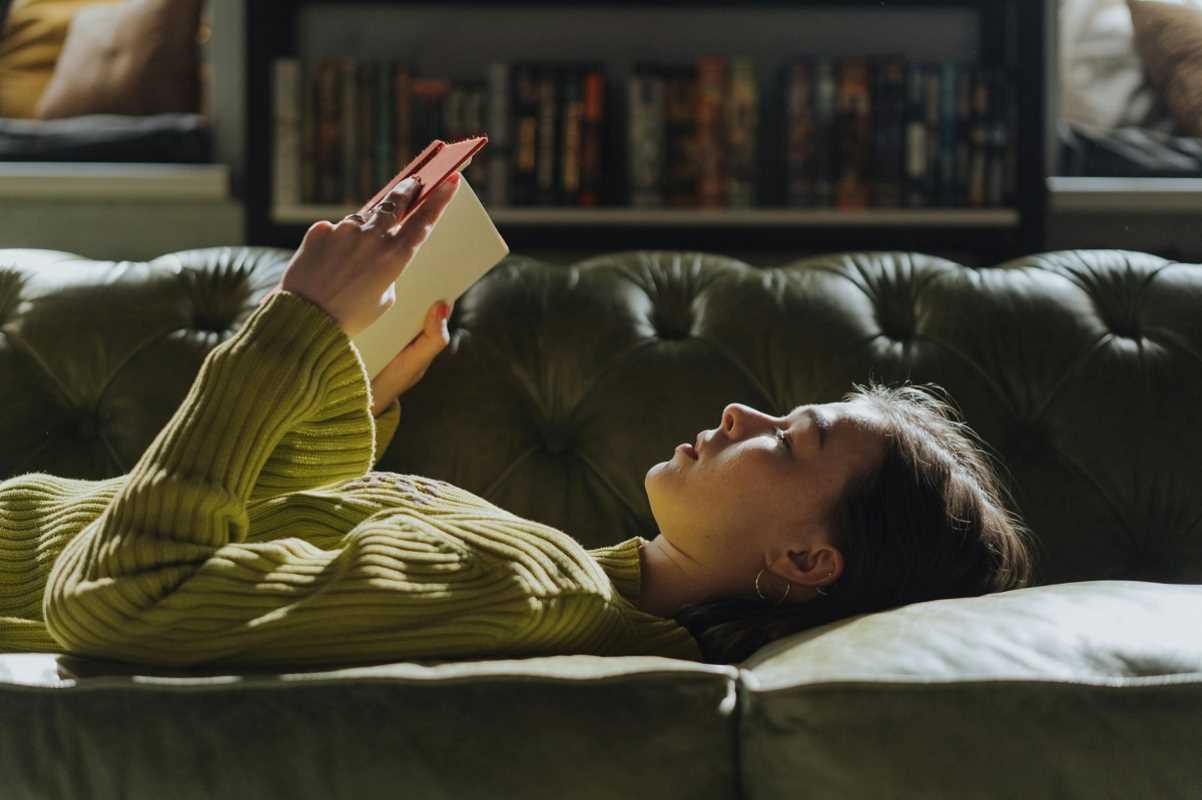 (Image via
(Image via
